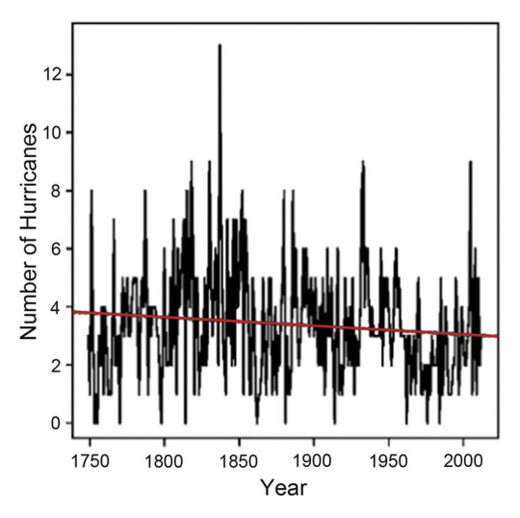
© Rojo-Garibaldi et al. (2016)Figure 1. Annual hurricane count in the Gulf of Mexico and Caribbean Sea over the period 1749-2012. Red line indicates the linear trend.
Rojo-Garibaldi, B., Salas-de-León, D.A., Sánchez, N.L. and Monreal-Gómez, M.A. 2016. Hurricanes in the Gulf of Mexico and the Caribbean Sea and their relationship with sunspots.
Journal of Atmospheric and Solar-Terrestrial Physics 148: 48-52.
Although some climate alarmists contend that CO2-induced global warming will increase the number of hurricanes in the future, the search for such effect on Atlantic Ocean tropical cyclone frequency has so far remained
elusive.
And with the recent publication of Rojo-Garibaldi et al. (2016), it looks like climate alarmists will have to keep on looking, or accept the likelihood that something other than CO2 is at the helm in moderating Atlantic hurricane frequency.In their intriguing analysis published in the
Journal of Atmospheric and Solar-Terrestrial Physics, the four-member research team of Rojo-Garibaldi
et al. developed a new database of historical hurricane occurrences in the Gulf of Mexico and the Caribbean Sea, spanning twenty-six decades over the period 1749 to 2012. Statistical analysis of the record revealed "the hurricane number is actually decreasing in time," which finding is quite stunning considering that it is quite possible
fewer hurricanes were recorded at the
beginning of their record when data acquisition was considerably worse than towards the end of the record. Nevertheless, as the Mexican research team indicates, "when analyzing the entire time series built for this study, i.e., from 1749 to 2012, the linear trend in the number of hurricanes is decreasing" (see figure above).
As for the potential
cause behind the downward trend, Rojo-Garibaldi
et al. examined the possibility of a
solar influence, performing a series of additional statistical analyses (spectral, wavelet and coherence wavelet transform) on the hurricane database, as well as a
sunspot database obtained from the Solar Influences Data Analysis Center of the Solar Physics Department of the Royal Observatory of Belgium.
Therein, their exploratory analyses revealed that "this decline is related to an increase in sunspot activity."
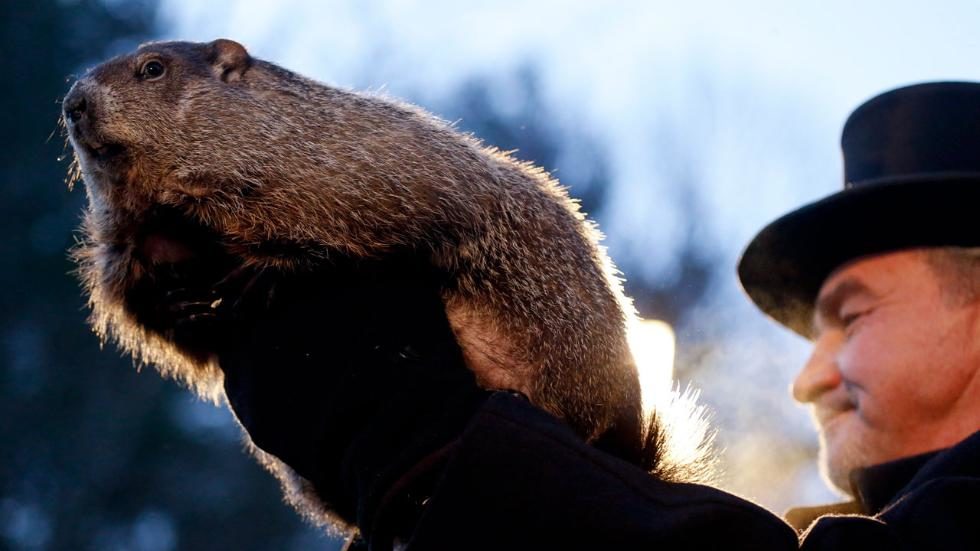
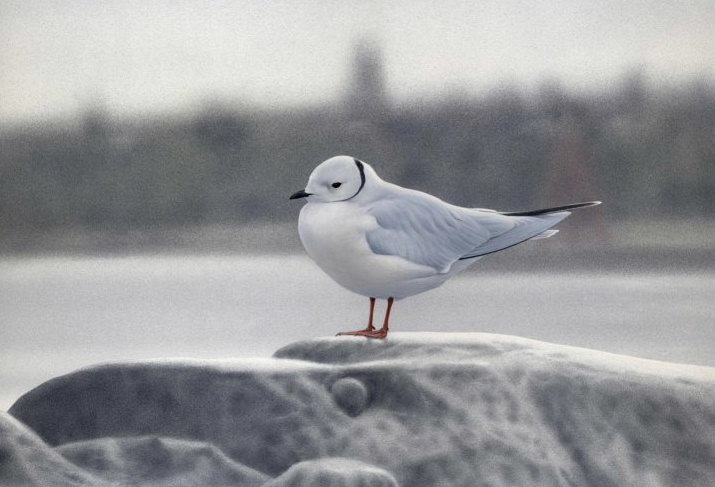
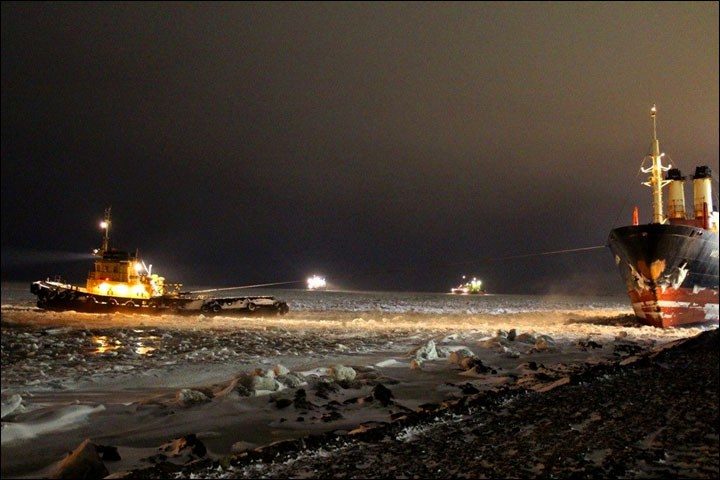

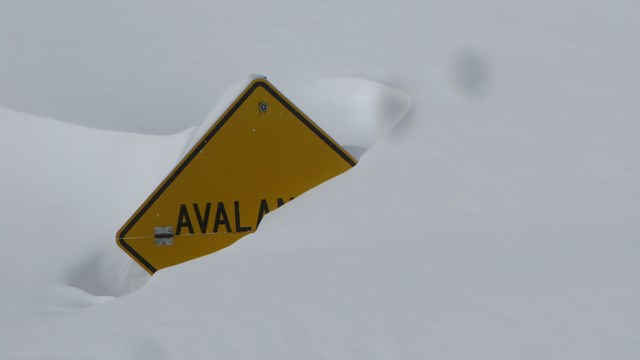
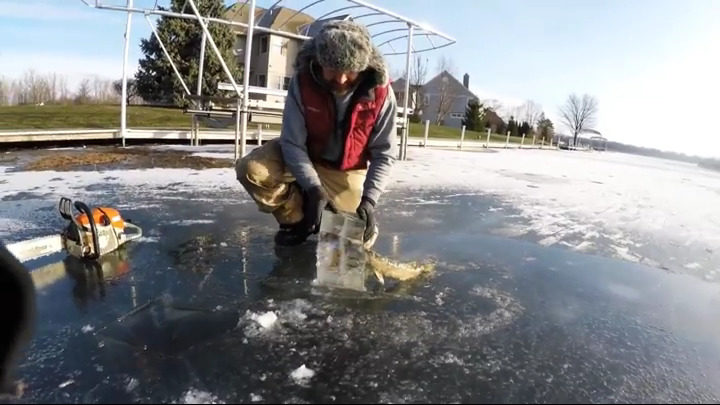
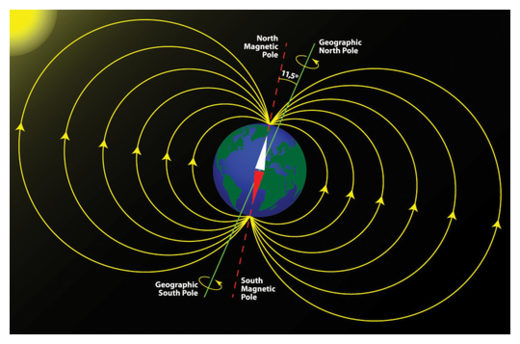
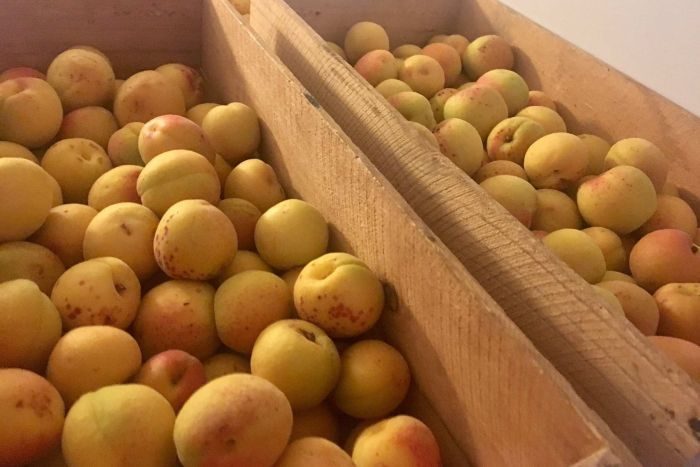

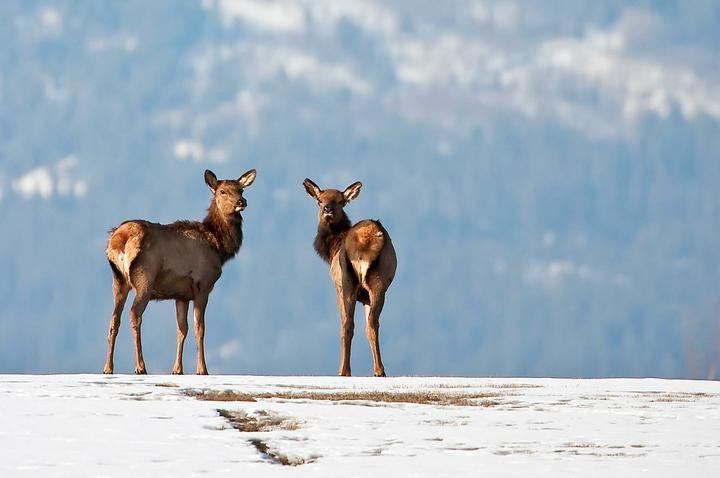
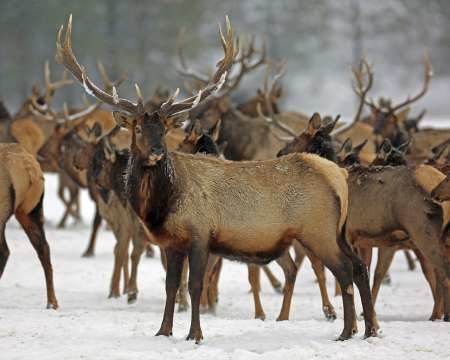



Comment: See also: Rare high Arctic gull turns up in Half Moon Bay, California